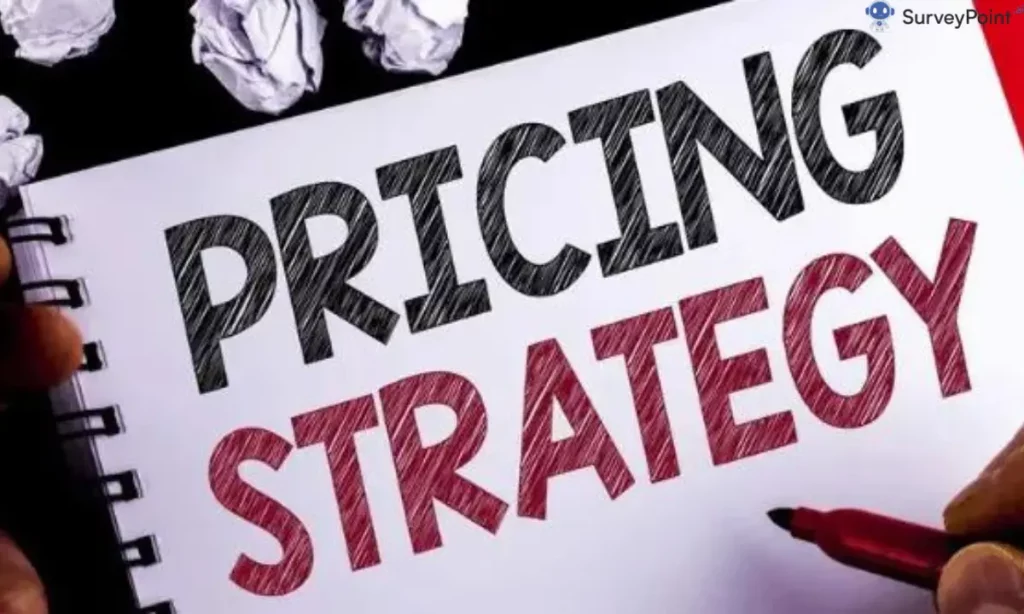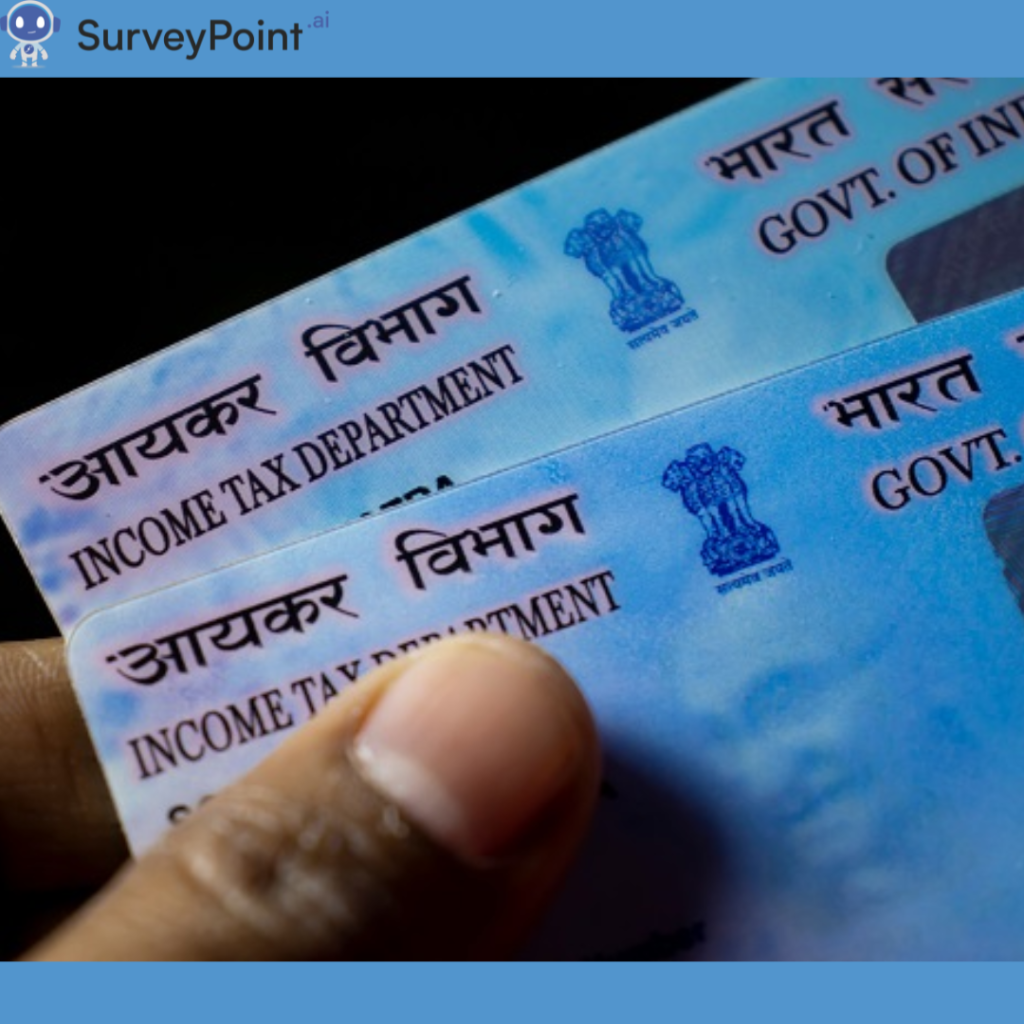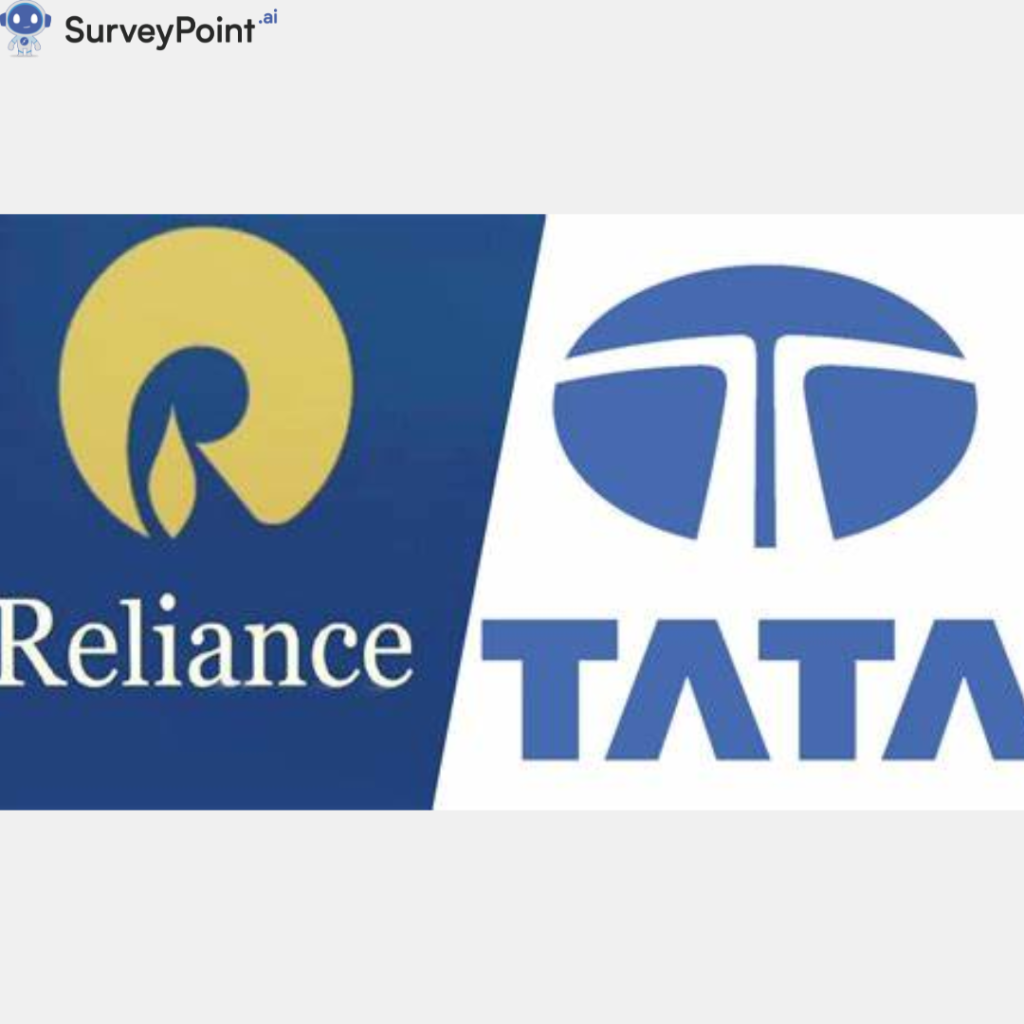
Pricing strategies might sound like complex business jargon reserved for boardroom discussions, but in reality, they’re the backbone of how companies position their products or services in the market. From the local bakery to multinational corporations, every business has a pricing strategy in place. But what exactly is a pricing strategy, and how do different brands leverage it to their advantage? Let’s delve into this fascinating world and explore the various types of pricing strategies with real-world examples.
What is a Pricing Strategy?
In simple terms, a pricing strategy is a plan or approach that businesses use to set the price of their products or services. It’s not merely about slapping a number on a product; rather, it involves careful consideration of factors like production costs, competition, target market, and consumer psychology. A well-crafted pricing strategy can influence consumer perception, brand positioning, and ultimately, the success of the business.
How Different Brands Use Pricing Strategies:
- Penetration Pricing: Some brands adopt a penetration pricing strategy to gain a foothold in the market. They set their prices relatively low to attract customers and grab market share quickly. For example, tech giants like Xiaomi initially entered the smartphone market with low-priced devices, undercutting competitors and rapidly expanding their customer base.
- Premium Pricing: On the flip side, certain brands opt for a premium pricing strategy, positioning themselves as luxury or high-end providers. These brands capitalize on exclusivity, quality, and prestige to justify higher price tags. Think of luxury fashion houses like Louis Vuitton or high-end automobile manufacturers like Rolls-Royce, which command premium prices based on their brand image and perceived value.
- Economy Pricing: Not every brand aims to compete on luxury or innovation. Some prefer a no-frills, cost-focused approach known as economy pricing. These brands keep prices low by minimizing overheads, offering basic products with minimal features, and targeting price-sensitive consumers. Discount retailers like Walmart and Aldi excel in this domain, attracting budget-conscious shoppers with their affordable pricing.
- Psychological Pricing: Psychology plays a significant role in consumer behavior, and savvy brands leverage this through psychological pricing strategies. This involves pricing products at specific price points to create the illusion of a better deal or to tap into consumers’ subconscious perceptions. For instance, setting prices at $9.99 instead of $10 exploits the psychological tendency to perceive the former as significantly cheaper, despite the marginal difference.
- Dynamic Pricing: In the era of big data and technology, dynamic pricing has become increasingly prevalent. Brands employ algorithms and data analytics to adjust prices in real-time based on factors like demand, supply, and competitor pricing. Online retailers like Amazon and travel booking platforms like Expedia constantly tweak their prices to maximize profits and stay competitive in the market.
Pricing Strategy Example:
Consider the case of Apple Inc. and its iconic product, the iPhone. Apple employs a premium pricing strategy, positioning the iPhone as a symbol of luxury, innovation, and status. Despite intense competition in the smartphone market, Apple commands premium prices for its devices, backed by a strong brand image, cutting-edge technology, and a loyal customer base. Despite being priced higher than many of its competitors, the iPhone continues to enjoy robust sales and profitability, showcasing the effectiveness of Apple’s pricing strategy.
Conclusion:
Pricing strategies are more than just numbers on a price tag; they’re strategic decisions that shape consumer perception, drive sales, and ultimately, determine the success of a business. By understanding the different types of pricing strategies and how brands implement them, businesses can craft effective pricing strategies tailored to their unique goals and target markets. Whether it’s penetrating new markets, establishing luxury status, or catering to budget-conscious consumers, the right pricing strategy can be a game-changer in today’s competitive landscape. For more information checkout – surveypoint.ai




